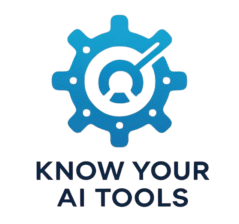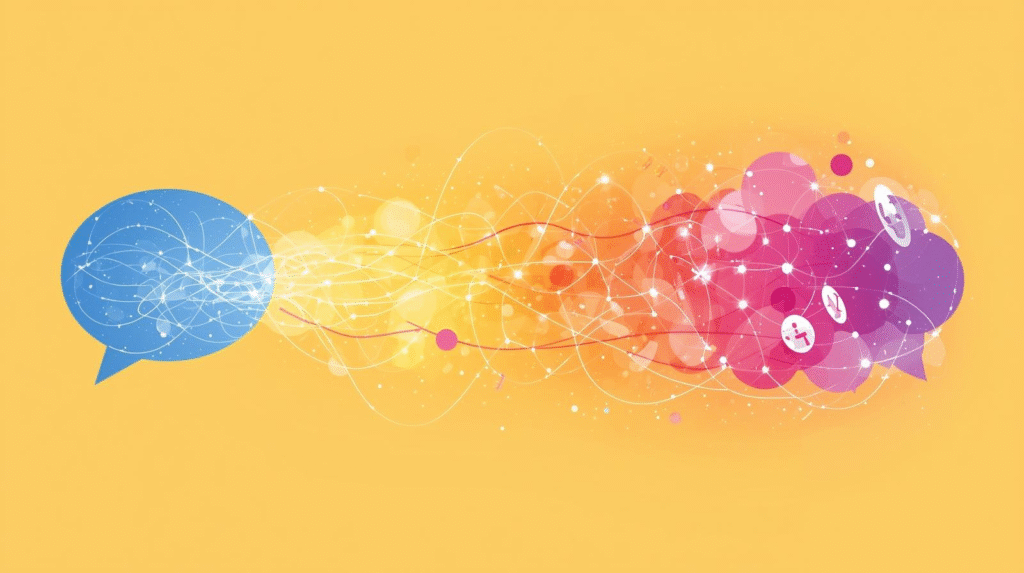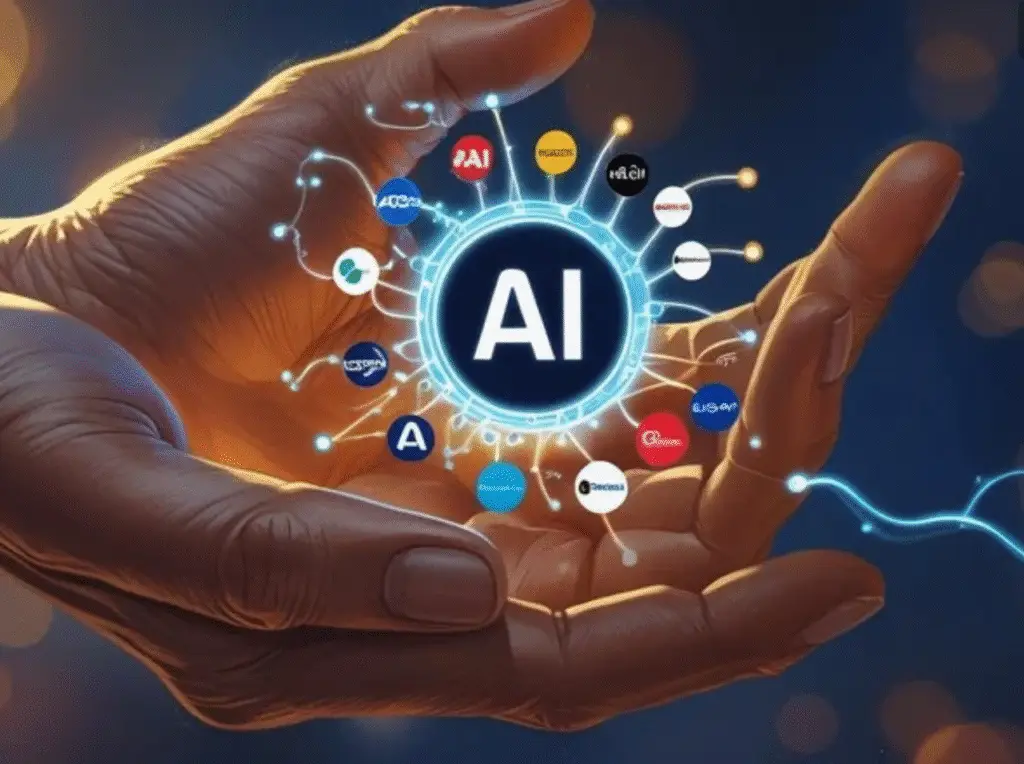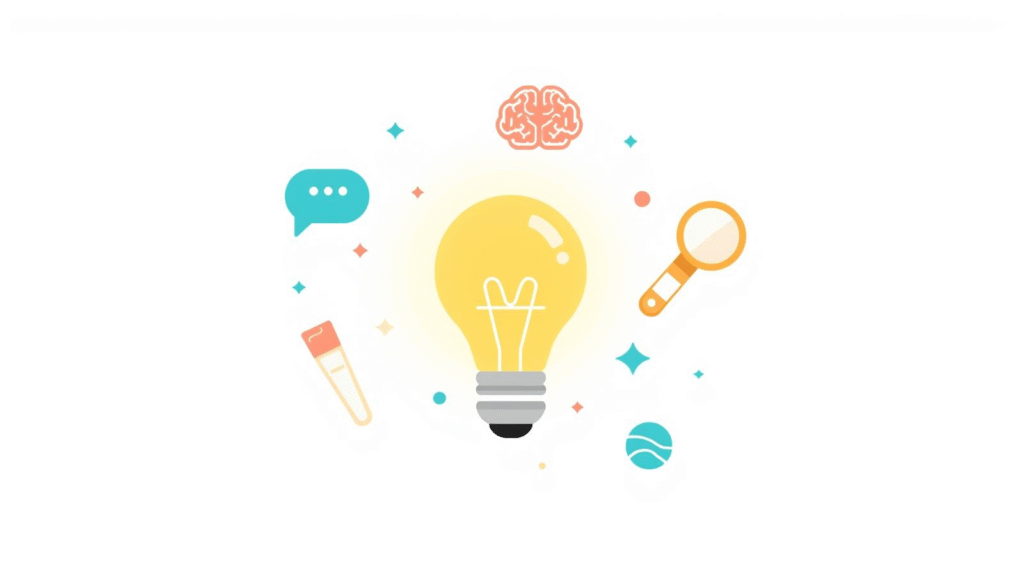Have you ever wondered how chatbots can understand what you’re saying, even if you make typos, use slang, or ask complicated questions? That skill comes from a field of AI called natural language processing (NLP). NLP is what allows AI to make sense of human language, turning our words into something computers can work with. It’s how tools like ChatGPT, voice assistants, and even email filters can respond in ways that feel surprisingly human.
Understanding how NLP works will help you feel more confident using AI tools and less intimidated by how “smart” they seem. The good news is that you don’t need to be technical to understand the basics. In this beginner-friendly guide, we’ll break down exactly how NLP works step by step, using real-world examples that make sense.
What NLP Actually Is
Natural language processing is the branch of AI that helps computers read, interpret, and respond to human language. Instead of just handling numbers or code, NLP lets machines work with words, whether they’re spoken or written.
You probably use NLP every day without realising it. It’s what powers spellcheck, predictive text, voice assistants, live subtitles, and even the search box on your favourite websites. In all these cases, NLP is quietly working behind the scenes to understand what you mean and respond in a useful way. It’s not truly understanding in the human sense – it’s recognising patterns in language and matching them to likely meanings.
Breaking Down Sentences
NLP starts by breaking sentences into smaller pieces, called tokens. These are usually words or short phrases. Imagine cutting a cake into slices so you can see what it’s made of. This helps the AI see the structure of your sentence.
It also looks at grammar and word order to figure out how the pieces relate to each other. For example, it can tell that “I booked a flight” and “I need to book a flight” use similar words but mean different things. By spotting these small but important differences, the AI can work out what you’re trying to say.
Finding Meaning from Patterns
Once the sentence is broken into tokens, the AI uses what it has learned from millions of example sentences to find patterns. It doesn’t understand meaning like we do; it simply knows which words often appear together and in what order. For example, it has seen that “Happy” is often followed by “birthday,” or that “order” and “tracking” often appear in the same types of customer queries. These patterns help it make educated guesses about what you mean.
The more examples it has seen, the better its guesses become. This is why modern AI tools, trained on massive amounts of text, are much better at understanding language than older ones.
Generating a Response
After working out what you meant, the AI builds a reply using the same pattern-based approach. It predicts which words are most likely to come next, one at a time, until it forms a complete sentence. This is why it often feels like you’re having a conversation with it.
Under the surface, it’s not thinking about the meaning – it’s choosing words that fit the patterns it has learned. Because it has seen so many examples, these predictions can be impressively accurate and natural-sounding, even though they aren’t truly based on understanding.
Real-Life Examples You Already Know
You’ve probably seen NLP in action many times. When you type “thnak” and your phone changes it to “thank,” NLP is recognising a likely typo and suggesting the most probable word. When you ask a voice assistant, “What’s the weather today?”, it turns your speech into text, analyses the meaning, and finds the answer. When you start typing “Happy” in a message and it offers “birthday,” it’s predicting the next word based on patterns it has seen millions of times. Even spam filters rely on NLP to spot suspicious words and layouts.
These systems don’t understand language like humans do, but they are very good at matching what you say to patterns they’ve seen before.
Why NLP Isn’t Perfect
NLP is powerful, but it’s not flawless. Because it relies on patterns rather than true understanding, it can sometimes give incorrect or strange answers. These mistakes are often called hallucinations. They happen when the AI confidently guesses something that sounds right but isn’t.
NLP can also struggle with sarcasm, jokes, slang, or anything it hasn’t seen before. For example, if you asked a chatbot to “book a table and a flight,” it might confuse the two tasks because it hasn’t seen that exact combination. Knowing this helps you stay realistic about what AI can and can’t do, and it’s a good reminder to double-check important information.
Why This Matters for Beginners
Learning a bit about NLP makes AI feel much less intimidating. Once you know it’s not thinking or reasoning, just spotting patterns, it’s easier to use these tools with confidence. It also helps you get better results. If you know they work by matching familiar sentence structures, you can write clearer prompts that are easier for them to follow.
Instead of treating them like mind readers, you can treat them like pattern matchers. This mindset shift makes AI tools far less overwhelming and much more useful, especially for everyday tasks like writing, searching, and organising information.
Try This Yourself
If you want to see how NLP works in practice, try this quick experiment. Pick a simple topic, like pets. Ask an AI tool to describe the most common traits of cats and dogs. Then ask it to describe an imaginary pet it has never seen before. You’ll notice it uses patterns from the real animals to make a sensible guess about the imaginary one. That’s how NLP works – not by knowing, but by predicting based on what it has seen before.
If you want to explore more beginner-friendly concepts, read The Difference Between AI, Machine Learning and Deep Learning (Explained Simply). For a clear external overview, try this guide to NLP from IBM.



